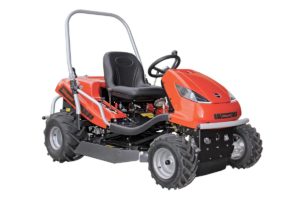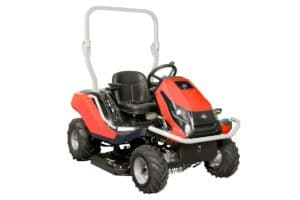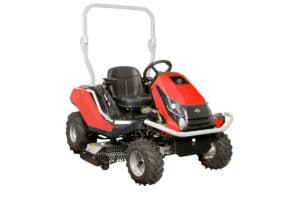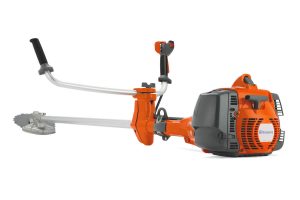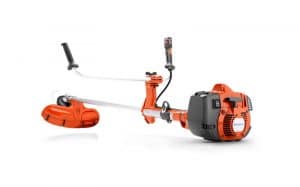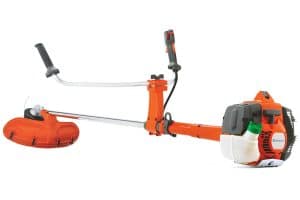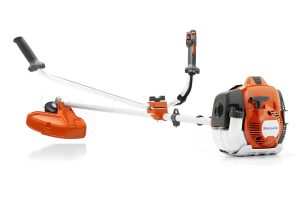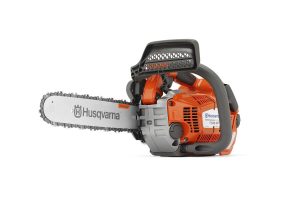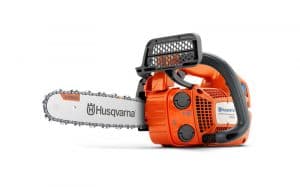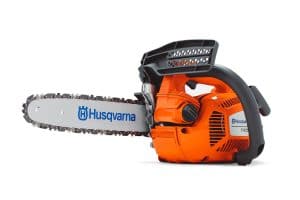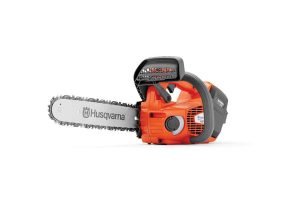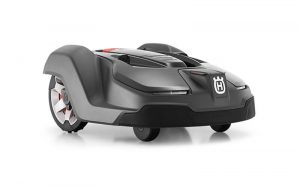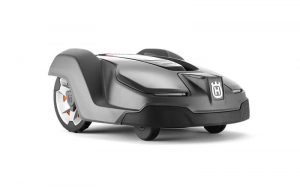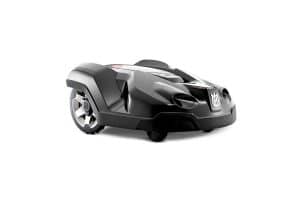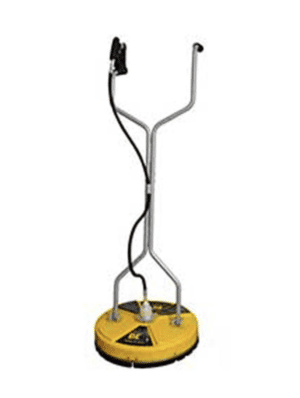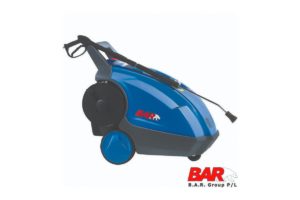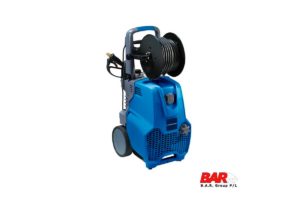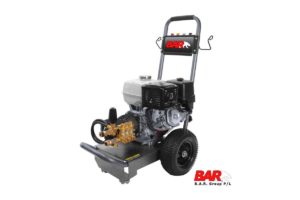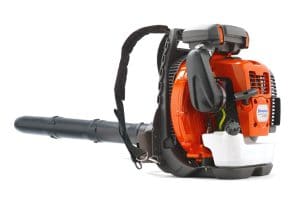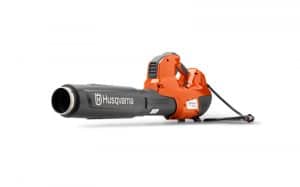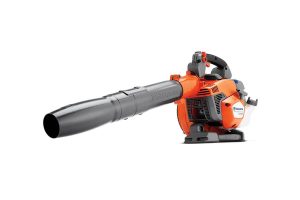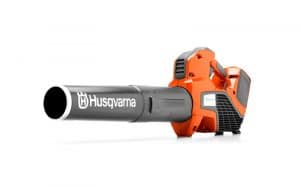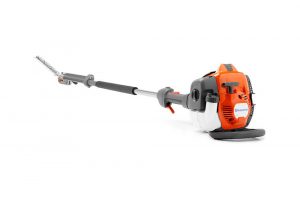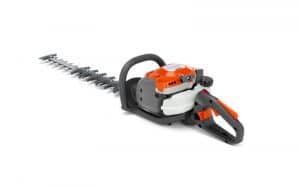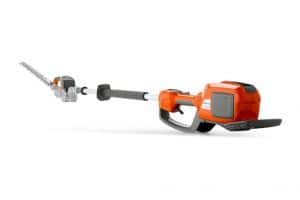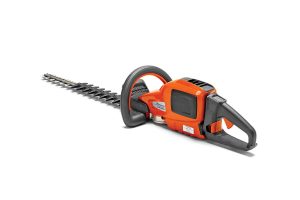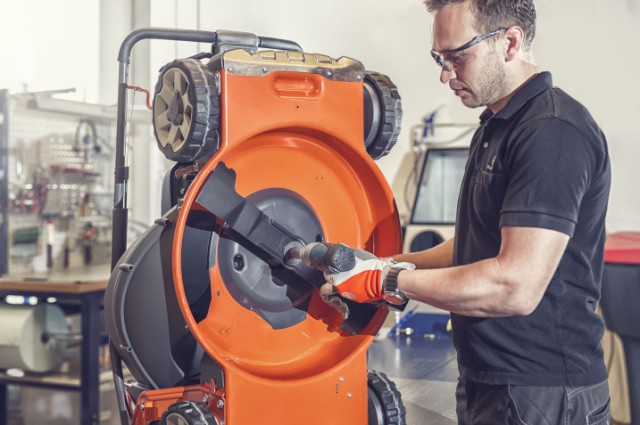 Like any machine, every lawn mower needs regular maintenance. Without regular maintenance, the chances of problems developing increases significantly as time goes by.
Like any machine, every lawn mower needs regular maintenance. Without regular maintenance, the chances of problems developing increases significantly as time goes by.
In today’s modern world, we all get busy from time to time. Perhaps you’ve missed a service or two and now your lawn mower is showing early warning signs that it is in need of repair. If you are having problems with your lawn mower, for any reason, we hope this guide helps to point you in the right direction.
It is worth noting that, depending on the make and model of your lawn mower, the steps and information contained within this article may not be consistent with your lawn mower. This article is intended as a general guide only. It is recommended to seek professional service assistance from a qualified repairer if you suspect your lawn mower is in need of repairs.
Lawn Mower Uses Excessive Fuel
If you feel that your lawn mower is using more fuel than normal, start by checking common service items. Inspect your air filter to ensure it is not blocked, and replace it if needed. Check and replace your spark plug, as a poor quality spark could lead to incomplete combustion. Check to make sure there is nothing caught up under the cutting deck which may place drag on the motor. And lastly, check and replace your mower blades if they are dull. A fresh set of mower blades will mean you won’t have to run the engine at high RPM to achieve the same cut.
Next, check the float level in the carburettor to make sure it is not sticking open and is correctly adjusted following your service manual. After that, check the high-speed governor setting and then check that the choke plate is fully open when the engine is running. If the choke plate is in good order, check the pilot screw and adjust it as per your service manual to ensure your air/fuel ratios are within specification.
If you still suspect your lawn mower is consuming more fuel than it used to, check the engine’s compression. If the cylinder compression pressure is low (refer to your service manual for test procedures and specifications), first, check to ensure that the valve timing and clearances are set correctly. Other checks will include ensuring the valve and springs (4 stroke engine) are not sticking open or damaged. And inspecting the cylinder bore for scoring with an inspection camera.
Lawn Mower Engine Hard to Start
Petrol mowers have several reasons why they won’t start, with a common one being the spark plug. If the spark plug is not firing, then there is no way to ignite the fuel to fire up the engine. Remove the spark plug and give it a clean to remove any built-up carbon and check the gap is set correctly. If it has not been replaced recently, replace it with the recommended spark plug for your mower.
Next, remove and replace your fuel filter in case it is blocked. While your lawn mower may have a full tank of fuel, it could have been left too long or is not the correct type to use with your mower engine. Empty the fuel from the tank and check the intake system, also check the air filter. You should also top up your oil level before starting it up.
Check that the choke plate closes completely when you engage the choke. If the choke plate does not close completely, then adjust it so it does. If the choke plate is already completely closed, then check that you’re getting spark to your spark plug. If the spark is working as expected, then check the compression as per your owner manual. If all is well with the compression, check for a sheared flywheel key. If the compression is not within specification, then you will need to inspect the valve settings, cylinder bore and piston rings.
Lawn Mower Burning Excessive Oil
Common causes of burning oil include over filling the sump with too much oil (4 stroke), too much oil mixed into the fuel (2-stroke), or a leaking cylinder gasket.
Start by cleaning any excess oil from the engine and surrounding parts, then start the engine and try to isolate if the oil is leaking from the engine itself, or being blown out of the exhaust. An oil leak dripping down the outside of the motor indicates a leaking gasket, and oil blowing out of the exhaust when the engine is running indicates an internal issue or poor fuel mix.
If your mower is 2 stroke, start by draining the fuel and refilling the tank with fresh fuel of the correct mix. If your mower is 4 stroke, check to ensure the oil level is at the right level, and not overfilled. If you aren’t sure, drain and replace the engine oil with the correct grade of oil to the full or high mark on the dipstick, following your service manual. Then if the smoke persists, investigate the breather tube from the crankcase to ensure it is not blocked, and also ensure that the cutting blades are free from excessive debris. If you find that a gasket is leaking, it is recommended to have your mower inspected and repaired by a qualified repairer.
If you have an electric lawn mower that is smoking, then the motor is most likely overheating. The most common cause of this is when the mower is used to cut long grass or particularly dense foliage, or a fault with the battery or motor itself. If you notice smoke coming from your electric lawn mower, turn the power off immediately and allow it to cool down, and get it inspected and repaired by a certified repairer. Do not attempt to repair any battery power tool.
Lawn Mower Low On Power
If your mower keeps cutting out when you are using it or feels down on power, then there are a few easy things to look for.
The first is to check the regular service items. Check the air filter is not blocked as this can prevent air from reaching the engine. Check and replace the fuel filter to ensure it isn’t blocked. And inspect and replace the spark plug. Once you have checked and cleaned your filters, move on to inspecting the blades to make sure they are not being compromised by excessive grass clippings, twigs, and stones.
You will want to ensure the RPM and governor settings are correct, too. If your engine is overheating, check the air inlet filter for any built-up debris. Remove the filter cover and housing and then clean out any dirt or debris in the filter and cylinder cooling fan areas. If your engine is not overheating then check that your oil levels are sufficient and that the oil pressure levels are as per your service manual.
Next, check that your fuel is not contaminated and that the carburettor is not blocked. Drain and refresh your fuel. Clean out the fuel lines. Then remove the carburettor fuel bowl cover and check that the float is correctly adjusted and can open and close freely. Finally, give the carby a good clean with carburettor cleaner, ensuring the jets are not blocked with debris. Most manufacturers will offer a fuel service kit to make this job easier.
Lawn Mower Is Backfiring or Popping
If your lawn mower backfires, it is an indication that your engine is firing at the incorrect time in the engine cycle. This could be due to incorrect ignition timing, perhaps the engine is ‘running on’, or you have an exhaust leak.
Start by checking the easy things, like the exhaust manifold bolts and carburettor are correctly torqued. If they are okay, then move on to check that there are no leaks on the head gaskets and that the head bolts are tight.
Next, check your ignition timing following the instructions in your service manual. This can be tricky so if this sounds beyond your abilities, it’s best to take it to a qualified repairer.
If the backfiring is limited to when you shut off power to the lawn mower, then take a look at your throttle plate. If it is completely closed, then adjust the idle speed of the engine as per the engine manual. Backfiring can also occur due to rich or lean fuel mixtures. Close the choke slightly and listen to your engine. If it runs smoother, the carburettor may need to be cleaned. If it runs rough, then use your service manual to check the compression.
Lawn Mower Starter Rope Is Sticking or Stuck
If your starter rope is refusing to move when pulled or only coming out part way before jamming, then there are several different causes that could be responsible.
Starter Cord is Crossed – When the cord retracts, it may end up crossing over itself causing a tight bond on the tightly wound cord. This can prevent the cord from moving and pulling at it only serves to tighten its grip. You need to remove the cord cover and manually unwind it until the crossed over part has been removed. Once you refit the cover, it should operate like normal.
Mower Blade – If the mower blade won’t spin freely, then the pull cord may not budge. The first thing to do is check for debris that may be preventing the blade from spinning. If this is all clear, then you will need to look closer and see if the blades are bent or damaged. If the blade is damaged, replace them and ensure the mower spins freely, following the procedure in your service manual.
Hydraulic Lock – This may occur if the combustion chamber becomes clogged with oil or fuel. The resulting effect is that the cable locks itself down and becomes impossible to move. You can check if this is the case by removing the spark plug, then pulling on the core again. If it move freely and oil/fuel spits out of the spark plug hole; you know you have found the problem.
If you have tried the above fixes to no avail, then it may be time to take it for a service at your local service centre. While there are options available for self-repair, lawn mowers can become dangerous if you don’t know what you are doing. In the case of tools with blades, combustible fuels, and electrical components it is better to be safe than sorry, and always seek the assistance of a qualified repairer.












